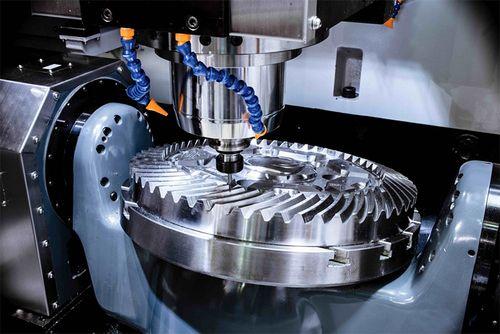CNC (Computer Numerical Control) milling is a critical manufacturing process in the aerospace industry for producing aircraft parts with precision and consistency. When it comes to CNC milling of aircraft parts, several important considerations must be taken into account to ensure the safety, quality, and performance of the components. These considerations include:
- Material Selection:Aircraft parts are often made from high-strength, lightweight materials like aluminum, titanium, and composite materials. The choice of material depends on the specific part's function and requirements.
- Tooling:Selecting the appropriate cutting tools, such as end mills, drills, and inserts, is crucial for achieving the desired surface finish and dimensional accuracy. Tool life and tool wear monitoring are also important factors to consider.
- Machine Capability:CNC milling machines used in aerospace must have high precision and reliability. The machine's rigidity, spindle speed, and cutting feed rates should be suitable for the materials and geometries being machined.
- Tolerances and Precision:Aircraft components require extremely tight tolerances to meet safety and performance standards. CNC machines must be capable of achieving these tight tolerances consistently.
- Workholding and Fixturing:Proper workholding and fixturing are essential to secure the workpiece during milling to prevent vibration, chatter, or deflection, which can lead to inaccuracies. Specialized fixtures may be required for complex geometries.
- CAD/CAM Programming:CNC programs are generated using CAD (Computer-Aided Design) and CAM (Computer-Aided Manufacturing) software. The programming must account for toolpaths, cutting strategies, and tool changes to optimize efficiency and accuracy.
- Chip Management:Effective chip evacuation and management are essential to prevent chips from interfering with the machining process or causing damage to the workpiece or cutting tools.
